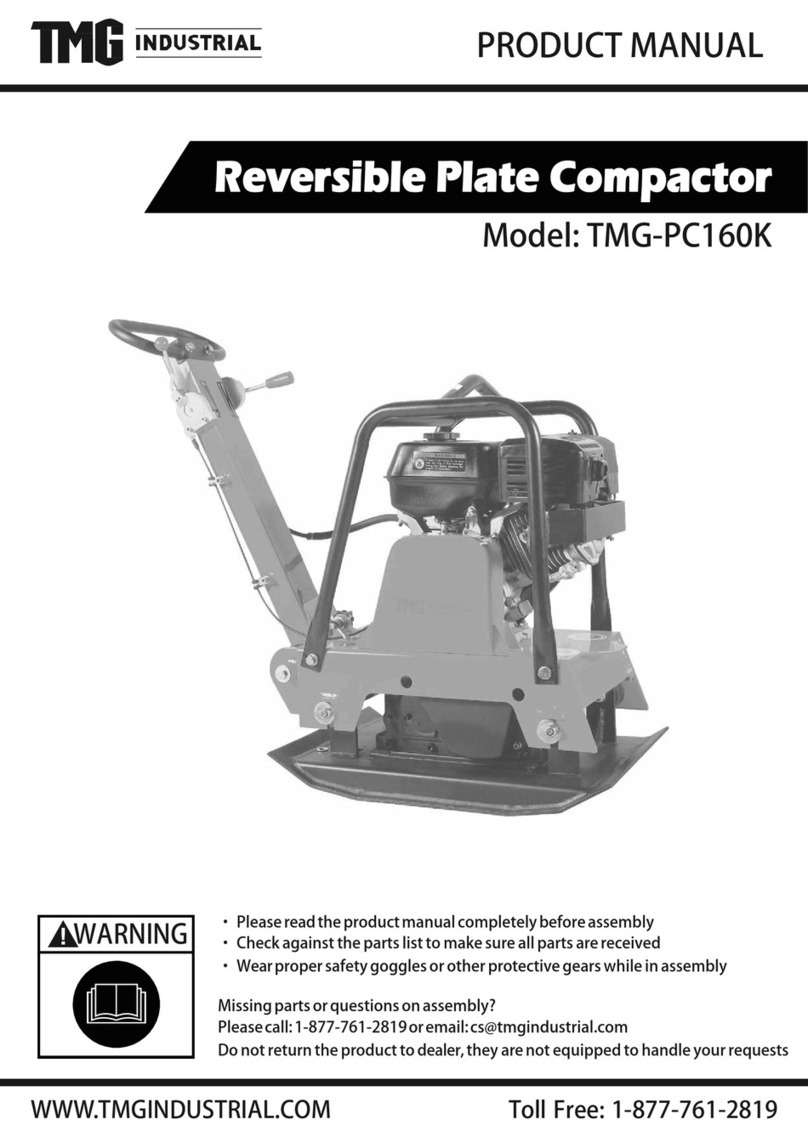
wc_tx004061gb_FM10.fm 3
Rammer Foreword
Foreword
SAVE THESE INSTRUCTIONS—This manual contains important instructions for
the machine models below. These instructions have been written expressly by
Wacker Neuson Production Americas LLC and must be followed during installation,
operation, and maintenance of the machines.
Machine
identification
A nameplate listing the model number, item number, revision number, and serial
number is attached to this machine. The location of the nameplate is shown above.
Serial number
(S/N)
For future reference, record the serial number in the space provided below. You will
need the serial number when requesting parts or service for this machine.
Machine Item Number
BS 50-4s, BS 50-4As 5200000644, 5200000662, 5200000679, 5200000680,
5200018226, 5200018219, 5100015099
BS 60-4s, BS 60-4As 5200000647, 5200000648, 5200000667, 5200000668,
5200000674, 5200000675, 5200014910, 5200018231,
5200018232, 5200018233, 5200022984, 5100015123
BS 70-4As 5100015124, 5100015126
Machine Item Number
BS 50-2i 5200000642, 5200000643, 5200000657, 5200000658,
5200000659, 5200000660, 5200000661, 5200000678,
5200000687, 5200011099, 5100016650, 5200025428,
5200025429, 5100014907, 5100016648, 5100016649
BS 60-2i 5200000645, 5200000646, 5200000664, 5200000665,
5200000682, 5200000689, 5200000690, 5100014908
BS 70-2i 5200000649, 5200000650, 5200000672, 5200000673,
5100014909, 5100016653
Machine Item Number
BS 50-2 5200000641, 5200000652, 5200000653, 5200000654,
5200000655, 5200000656, 5200000685, 5200000686
BS 60-2 5200000663, 5200000688, 5200019205
BS 70-2 5200000670, 5200000671

































